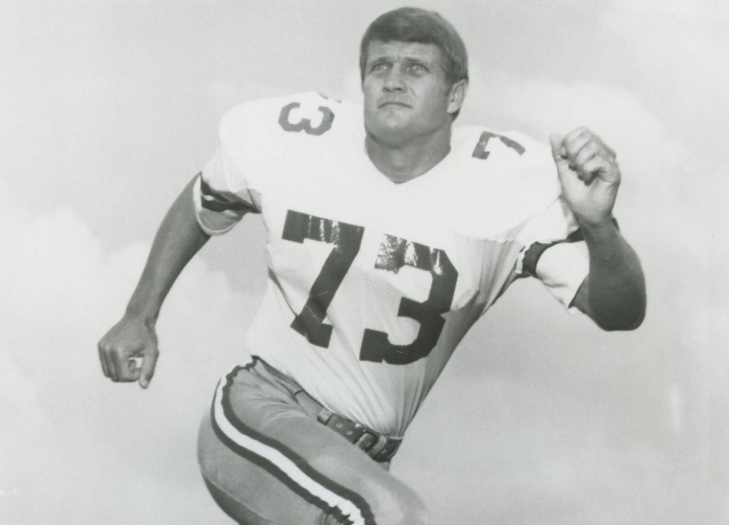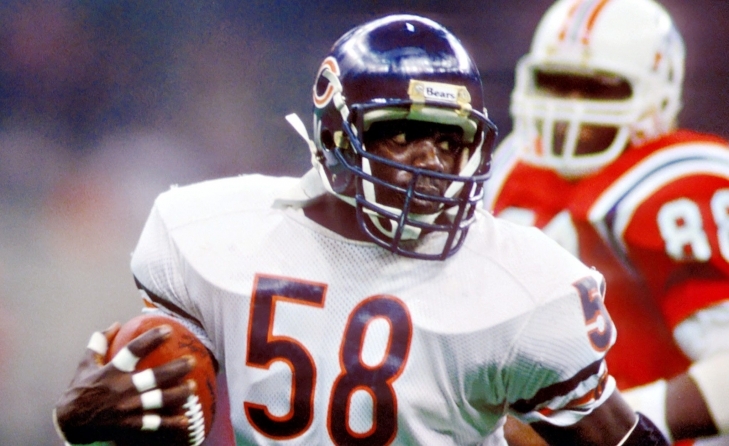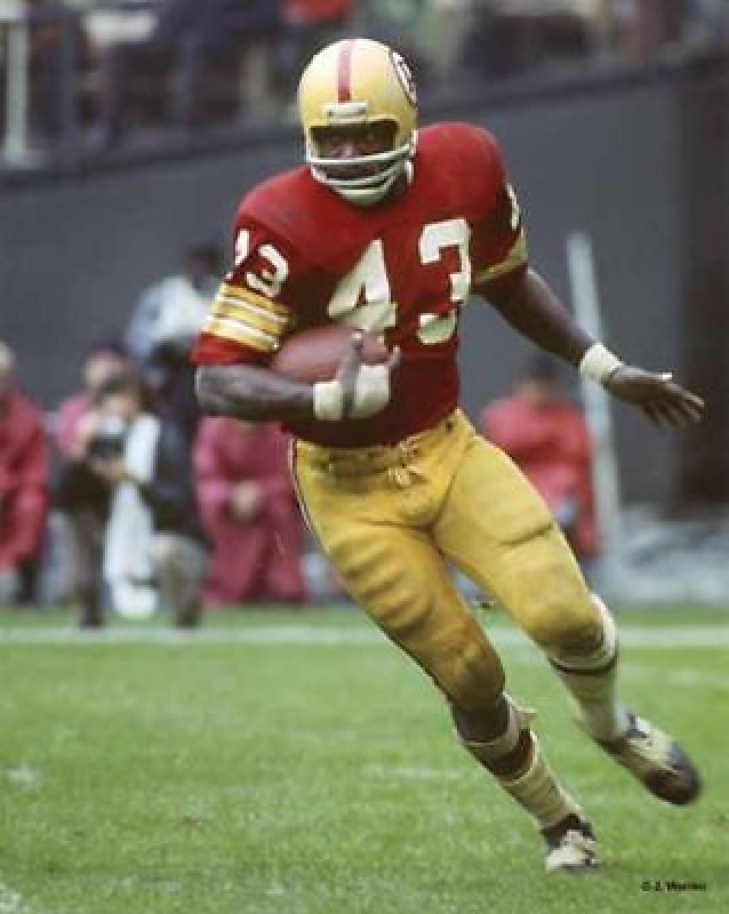Site Admin
224. Ralph Neely
Ralph Neely was drafted by the Houston Oilers of the American Football League and the Baltimore Colts of the NFL, and he had secretly agreed to play for the Oilers (it was kept a secret so that he could play for the University of Oklahoma in the Gator Bowl).
116. Wilber Marshall
There was a time when a case could be made that Wilber Marshall was the best Linebacker in football. In 1985, he was a member of the most dominating team of the decade, the Super Bowl XX Champion, Chicago Bears. The year after, he was a First Team All-Pro, led the league in Approximate Value (23), and was a Pro Bowler for the first time. Marshall was overshadowed by some of his teammates (William Perry & Richard Dent), but those in the know saw Marshall as one of the most versatile outside linebackers in the NFL.
167. John David Crow
109. Larry Brown
You don't expect an eighth-round pick to become one of the best at his position in his first four seasons, but Larry Brown, the afterthought from Kansas State, did exactly that. The new Washington Redskins Head Coach, Vince Lombardi pegged Brown, to become the starting Running Back, and he blossomed after Lombardi noticed that he was hearing impaired in one year, and he was permitted to get an audio device in his helmet to listen to his Quarterback's signals. It proved to work as Brown would go to the Pro Bowl as a rookie, and the next three seasons, which included two First Team All-Pros. He had an excellent 1970, winning the Rushing Title, but in 1972, he was the league leader in Yards From Scrimmage and Approximate Value and would win the MVP, Bert Bell Award, and Offensive Player of the Year. More importantly, that year for the Redskins, he would take them to the Super Bowl in a loss to the Miami Dolphins.





